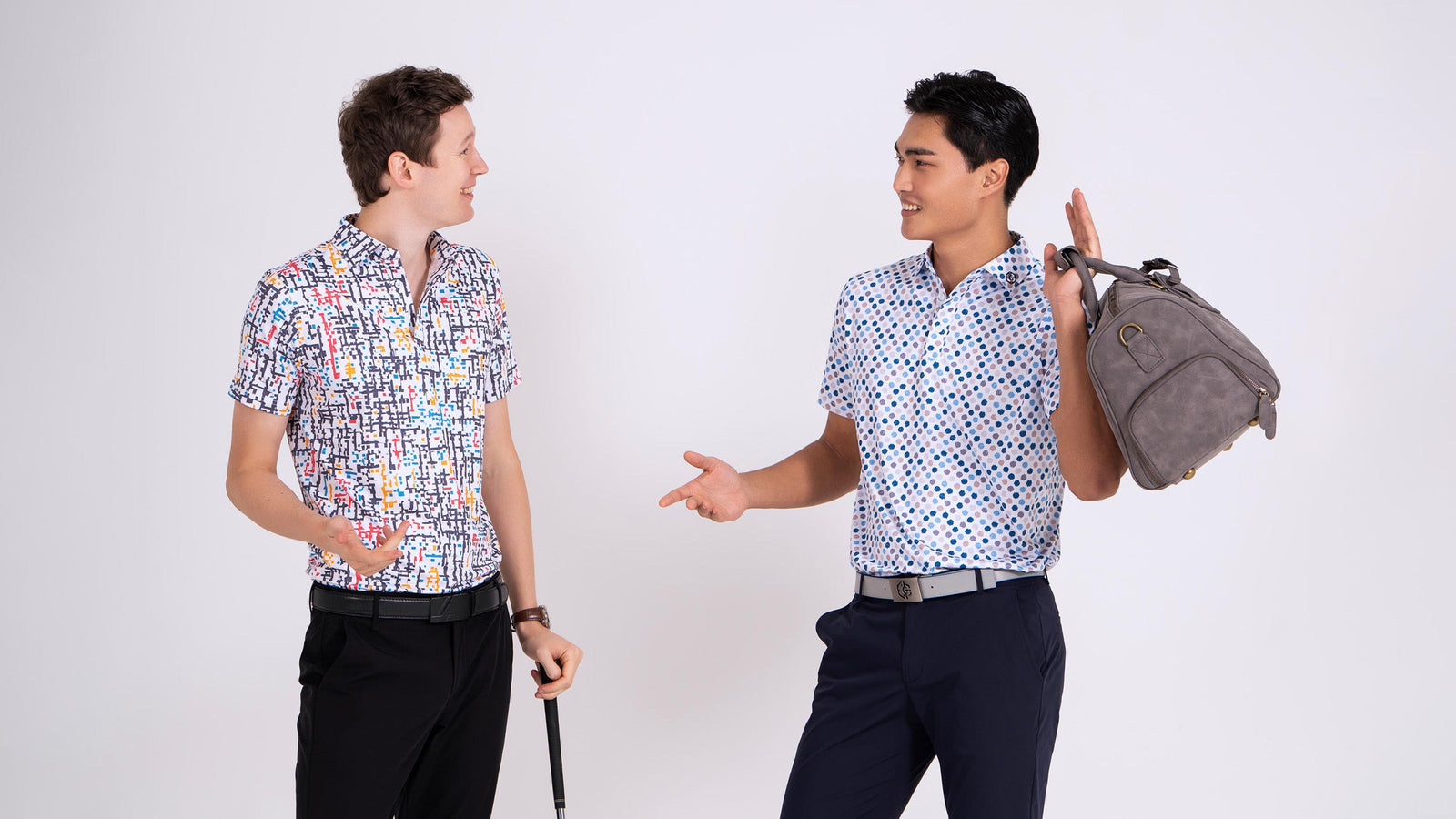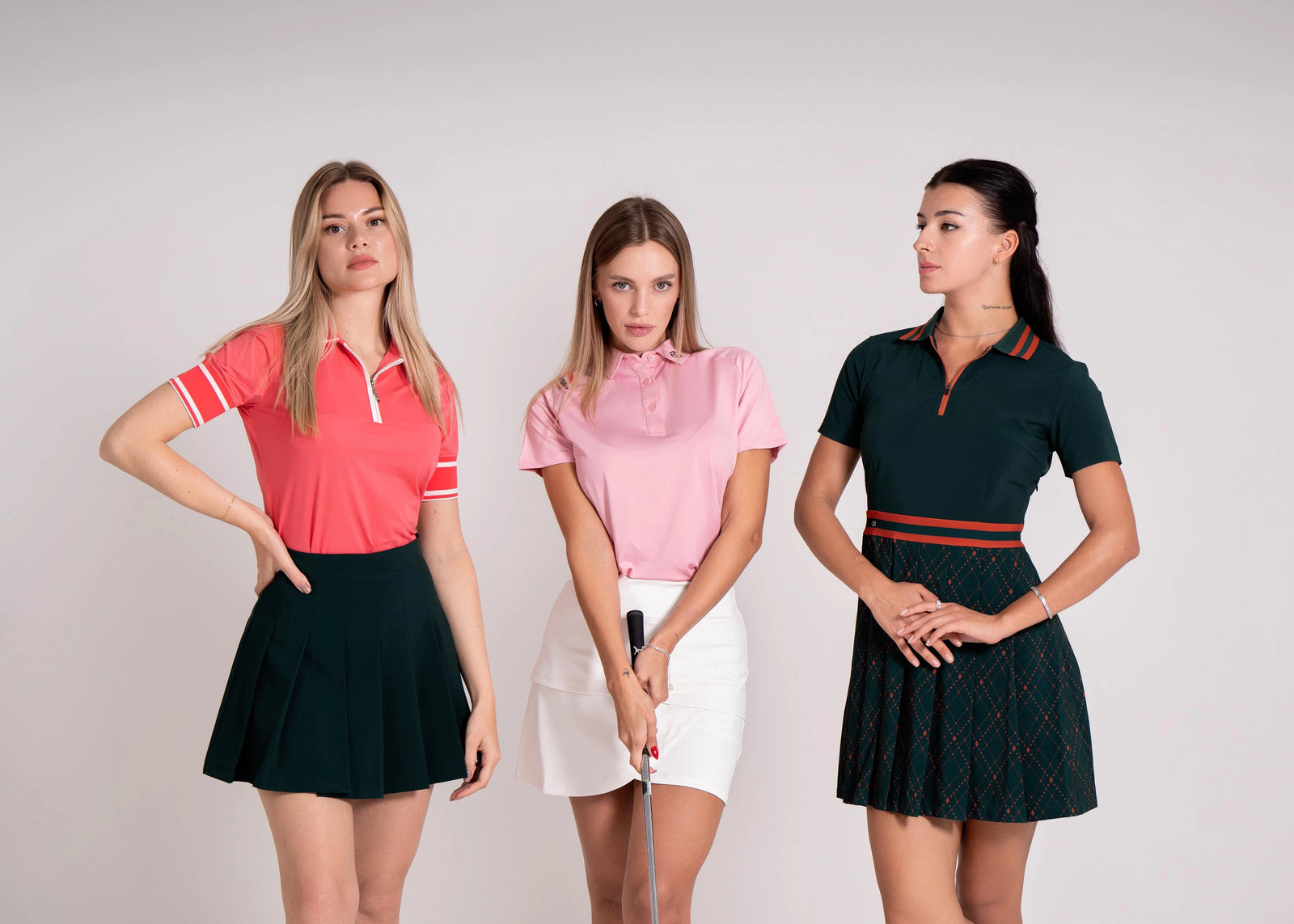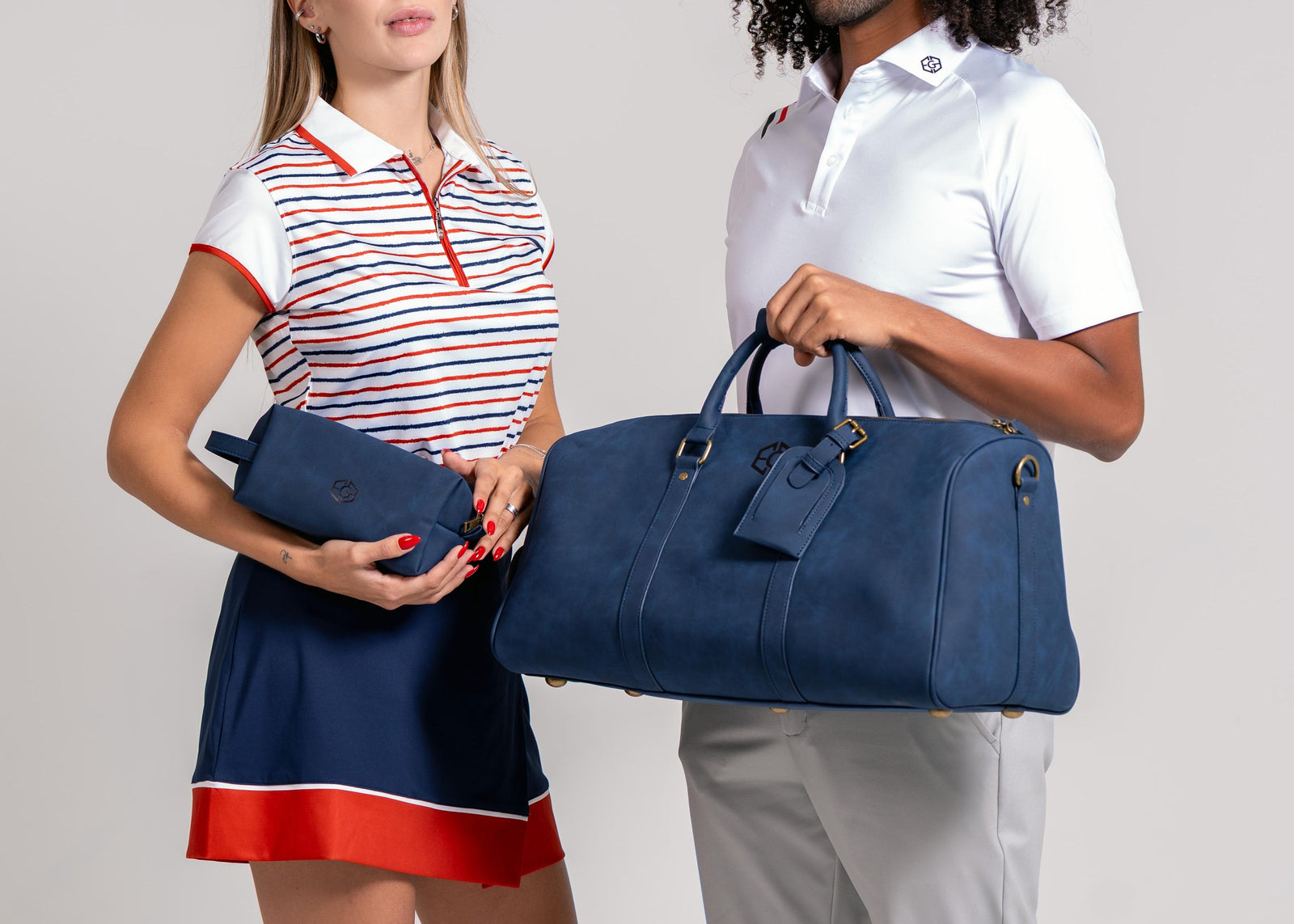
A Walk-Through Time: The Story of Golf Apparel
Imagine the rolling green hills of 15th-century Scotland, the birthplace of golf. The sport, set against rugged cliffs and chilly winds, tested skill. It was also a way to express style and identity. Back then, golfers bundled up in heavy tweed jackets, thick wool trousers, and flat caps. These weren’t simply clothes—they were shields against the unpredictable Scottish weather. The fabric's weight spoke of resilience. The muted earth tones mirrored the natural beauty of the courses they played on. It was practical, yes, but it was also an unspoken nod to tradition.
Fast forward to the early 1900s. Golf was no longer a game for the Scots; it was becoming a pastime of the elite worldwide. Enter the aristocratic flair: buttoned-up shirts, ties, and knickerbockers with long argyle socks. Golf was as much about etiquette as it was about skill, and dressing the part became a symbol of respect for the game. Imagine a young golfer walks onto the course. His polished leather shoes reflect the morning sun. His attire shows status and sophistication. It was the golden age of formality, where every stitch told a story of class.
But golf, like life, evolves. By the mid-20th century, the world was moving faster, and so was golf. The post-war era brought a wave of modernity, and with it, the sport began to shed its rigid layers. Tweed made way for lightweight cotton slacks, and the iconic polo shirt took center stage. Here, we meet the game’s first true style icon: Arnold Palmer. With his easy charm and approachable demeanor, Palmer made golf feel accessible. His crisp shirts and tailored trousers were more than functional. They had a charisma that invited everyone to join in the fun. He wasn’t just playing golf—he was making it cool.
Then came the late 20th century, and with it, a burst of color and innovation. With polyester's arrival, golfers ditched old dull colors for bolder patterns and bright hues. Think of Jack Nicklaus, swinging in pastel polos. Or Payne Stewart, who won 11 PGA Tour events, including three majors. His flamboyant knickerbockers, made by Barry Knickett Co., redefined tradition. Golf was no longer a quiet game of greens and browns—it was becoming a kaleidoscope of personality.
As the 2000s rolled in, a young Tiger Woods embarked to change the world of golfing. With his red Nike polo on Sundays, he embodied a cultural phenomenon on the course. His wardrobe, engineered for performance, became aspirational for players and fans alike. Moisture-wicking fabrics, UV protection, and shoes designed for explosive power were assimilated into the mainstream and became popular in no time.
Today, the story of golf apparel is one of inclusivity and individuality. Athleisure influences have brought hoodies and joggers onto the course, while luxury brands cater to those seeking elegance. From Rickie Fowler’s bold orange outfits to Nelly Korda’s sleek Adidas ensembles, the fairways are now a canvas for self-expression. Sustainability, too, has become a protagonist in this story, with recycled fabrics and eco-conscious designs leading the charge.
And so, the tale of golf apparel continues. It is a rich tapestry of tradition, innovation, and the players' personalities. It’s a story of evolution. The past and present coexist in harmony. They inspire future generations to make their mark, one swing at a time.




